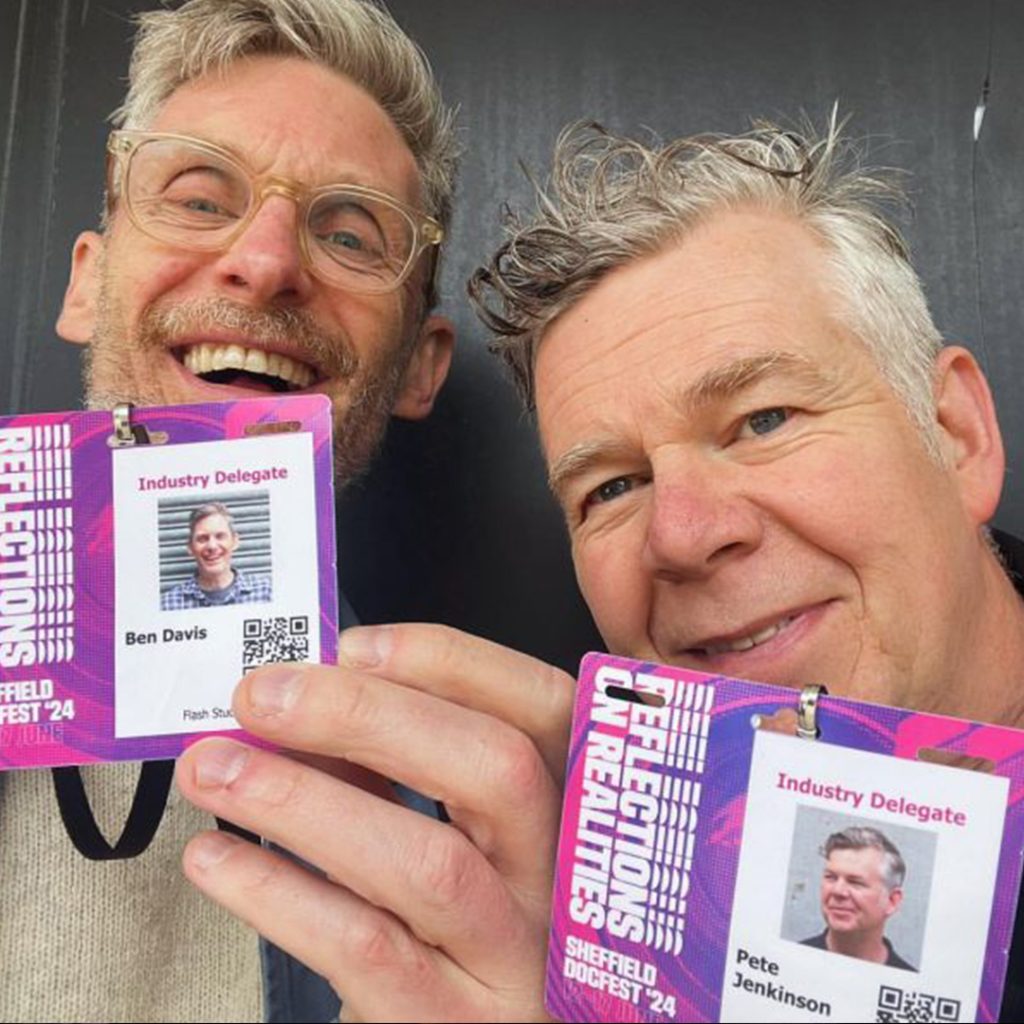
Paper Vision Films do Sheffield DocFest 2024
We spent a brilliant couple of days at Sheffield DocFest, soaking up the atmosphere, watching incredible documentaries, catching up with old friends, and just a wee bit of networking. The city has changed so much since we studied there in 1989. It truly has been transformed well if, like Manchester, you try to see beyond the ubiquitous building work; we even managed to find the OG Shapla curry house.
Thanks, Sheffield DocFest; it was fab, as usual. We learned a lot and had a great time. See you in 2025, when we’ll be pitching our new film, Inside the Outside, scheduled for release in 2026.